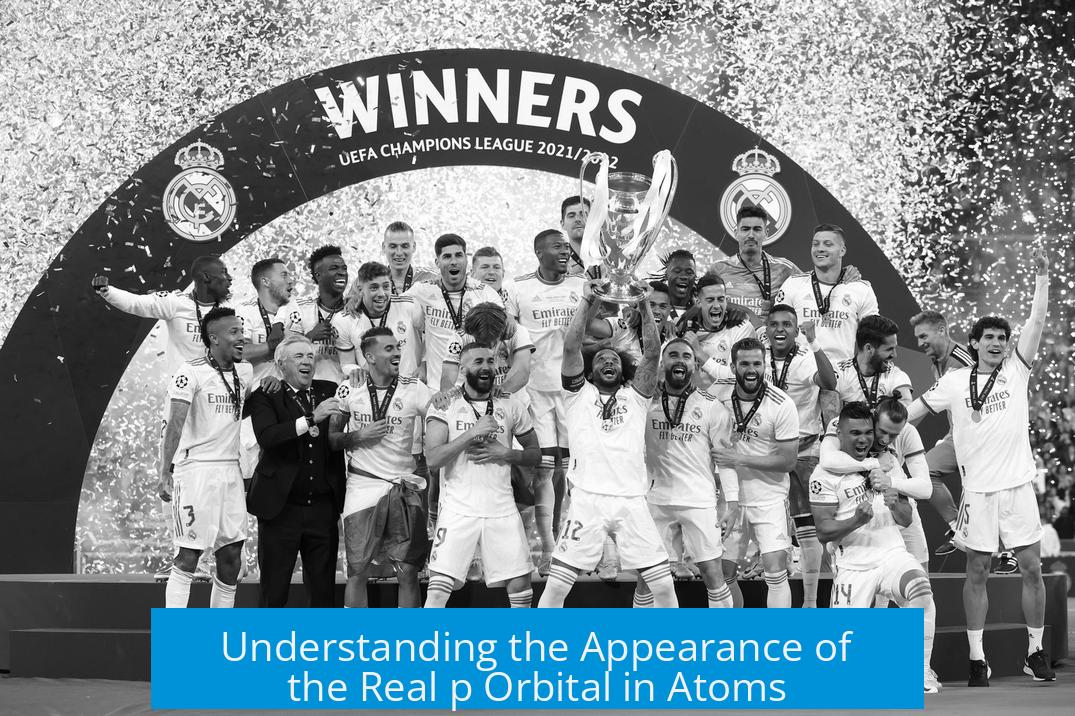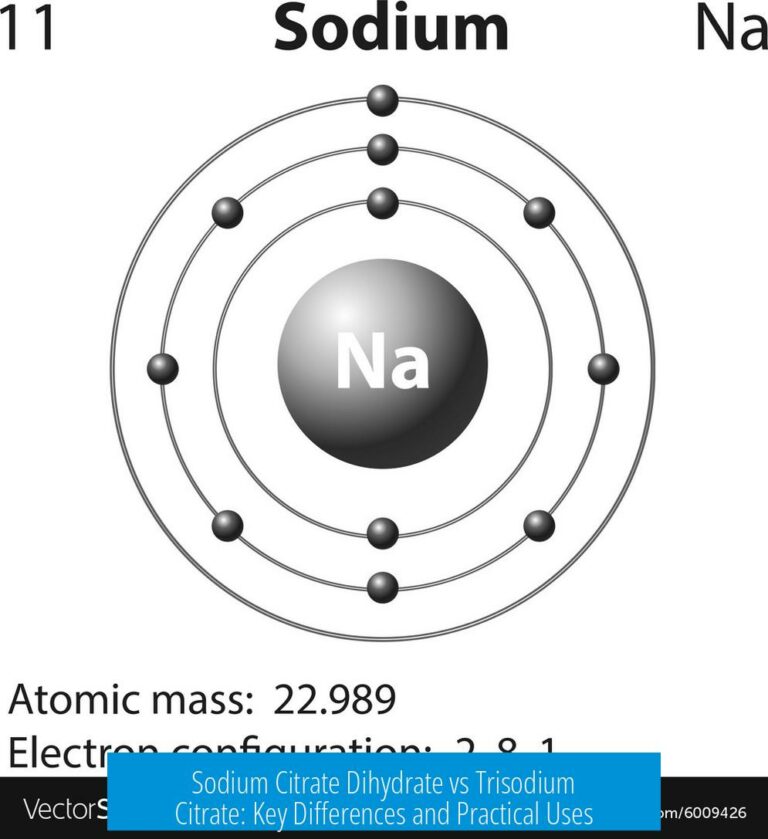How Does the Real p Orbital of an Atom Look Like?

The real p orbital of an atom resembles a dumbbell-shaped region in space where the electron is likely to be found, but its exact appearance depends on the representation and visualization method used. It is not simply an elongated oval but a manifestation of the electron’s probability distribution governed by quantum mechanics.
Standard Dumbbell Shape

The common depiction of a p orbital is a dumbbell shape with two lobes placed symmetrically about the nucleus. This shape emerges directly from solutions of the Schrödinger equation in atomic physics.
- The lobes represent regions with high electron probability density.
- A node exists at the nucleus where the probability density is zero.
- This shape corresponds to one of the three p orbitals aligned along the x, y, or z axes (px, py, pz).
Though chemistry textbooks often show the orbitals as elongated blobs or dumbbells, the true electron density looks more like a cloud concentrated in these lobes rather than a solid object.
Coordinate Systems and Orbital Shapes
Orbital shapes can look different due to the choice of coordinate system. Cartesian and spherical coordinate representations describe the same physical orbital but emphasize different features.
For example, a point in space can be described by (x, y) coordinates or by a radius and angle (polar coordinates). Similarly, atomic orbitals are solutions expressed in different bases like spherical harmonics or linear combinations.
Electron Density and Visualization
Visual differences arise mainly from how much electron density is visualized and the method of rendering. Some images display regions of higher probability more prominently, which affects perceived shapes.
Modern Representation Using Spherical Harmonics
Today, spherical harmonics offer a precise mathematical description of p orbitals.
- This method captures angular dependencies accurately.
- The resulting shapes correspond to three dumbbell-like lobes oriented along specific axes.
- Visualizations like this image show these orbital shapes based on spherical harmonics.
These forms best represent the quantum mechanical reality of electron distribution in p orbitals.
Key Takeaways
- The real p orbital has a dumbbell shape representing electron probability in two lobes.
- Shape perception depends on the coordinate system and visualization technique.
- Electron density is a “cloud,” not a fixed object, with a node at the nucleus.
- Spherical harmonics provide the most accurate modern visualization of p orbitals.
How does the REAL p orbital of an atom look like?
Ever wondered what the REAL p orbital looks like, beyond those textbook dumbbells? Here’s the answer: The real p orbital resembles a dumbbell-shaped cloud or “blob” of electron density around the nucleus. It’s not just a literal pair of lobes, but a probabilistic shape where electron presence fades smoothly in space.
Let’s dive deeper. Chemistry classes drilled the “dumbbell” shape into our minds. That image sticks because it’s simple, intuitive, and pretty accurate. But atoms are quantum creatures—with behavior described by Schrödinger’s wave mechanics—which means the real picture is a bit more subtle.
A Dumbbell or a Blob? What’s the Difference?
The standard dumbbell shape isn’t wrong. In fact, it’s the most common and practical representation. But a more precise view shows the lobes as electron density clouds, not rigid shapes. Think of the “lobes” more as fuzzy blobs with rounded edges.
Why blobs? Because electrons don’t sit still. Schrödinger’s equation gives us a wave function, representing where an electron can likely be found. The “dumbbell” is a contour showing where the probability is high, but it doesn’t have clear boundaries. It’s more about probability density fading gently into space.
Different Representations Mean Different Views
This fuzzy difference is somewhat like plotting a point on a graph. Imagine a point at (1,1) on an x-y plane. You could say it’s one unit along x and one unit along y—Cartesian coordinates. Or describe it as a direction and distance in polar coordinates. Both describe the same spot, but look different depending on your lens.
Atomic orbitals have similar flexibility. Chemists represent them using various mathematical bases, such as Cartesian or spherical coordinates. Each method shapes how orbitals appear. Cartesian orbitals resemble dumbbells aligned along axes. Spherical harmonics, though, offer smoother, more elegant shapes consistent with quantum solutions.
Electron Density How Much?
Ever noticed some images of orbitals show big, fat lobes while others are thinner? That difference is due to the threshold of electron density scientists decide to visualize.
When you pick a higher density cutoff, the “lobes” look smaller because you’re only showing areas with the highest electron presence. Lower cutoffs show bigger blobs that cover more space, but include areas with fewer electrons likely found there. The real orbital is continuous, not a hard edge, so this choice impacts visual interpretation.
Modern Visualizations: Spherical Harmonics Take the Stage
Today, scientists mostly use spherical harmonics to represent p orbitals. These are mathematical functions that precisely solve Schrödinger’s equation for electrons moving around nuclei.
The spherical harmonics give clear insight into the orbital’s shape and symmetry. The classic dumbbell aligns with the p_x, p_y, and p_z orbitals—lobes oriented along the Cartesian x, y, and z axes, all with nodal planes where electron density hits zero.
Check out this image of spherical harmonics to see how these orbitals elegantly arrange in three-dimensional space.
The Nutshell: Visualizing a REAL p Orbital
- Shape: Two lobes on opposite sides of the nucleus—like the classic dumbbell, but softer, more cloud-like.
- Electron Density: Continuous, with maximum density in the lobes and a nodal plane where density drops to zero.
- Multiple Coordinate Systems: Cartesian orbitals look like dumbbells on axes; spherical harmonics offer smooth, elegant descriptions.
- Visualization Choices: The size and “fuzziness” of lobes depend on how much electron density you want to display.
Why Does This Matter?
Understanding the REAL shape of p orbitals matters beyond textbook regurgitation. It’s central to predicting atom behavior, chemical bonding, and molecular shapes. Chemists and physicists rely on accurate orbital models to interpret reactions, material properties, and more.
Next time you see a p orbital, remember: you’re looking at a probability cloud, not a tangible dumbbell. It embodies the weird, wonderful quantum dance of electrons around atoms.
Personal Tip for Curious Learners
Want to experience these shapes firsthand? Some software lets you plot orbitals with adjustable thresholds and coordinate systems—try tools like orbital visualizers. Play with electron density cutoffs and coordinate modes to see how the p orbital shape morphs!
Grasping the quantum nature behind orbitals turns chemistry from rote memorization into an exciting exploration. Who knew electron blobs could be so fascinating?
What is the typical shape of a real p orbital in chemistry?
The real p orbital is commonly shown as a dumbbell shape. This shape reflects the areas where the electron density is most likely found. It simplifies the complex nature of the orbital.
Why is the p orbital often called a “dumbbell” shape?
It looks like two lobes extending out from the nucleus in opposite directions. This shape matches solutions of the Schrödinger equation. It helps visualize where electrons spend time around the atom.
Are there other ways to represent the p orbital besides the dumbbell model?
Yes. Atomic orbitals can be shown using different mathematical descriptions, like spherical harmonics. These provided shapes offer the same physical information but can vary in visual style.
How does electron density affect the appearance of the real p orbital?
The displayed shape depends on how much electron density is included in the image. Showing more or less density changes the size and outline of the lobes. It might look more like a blob instead of a narrow dumbbell.
What role do spherical harmonics play in visualizing p orbitals?
Spherical harmonics are the mathematical functions used today to represent orbitals. They provide accurate and symmetrical shapes for p orbitals. Most modern images use this method to display orbitals clearly.





Leave a Comment